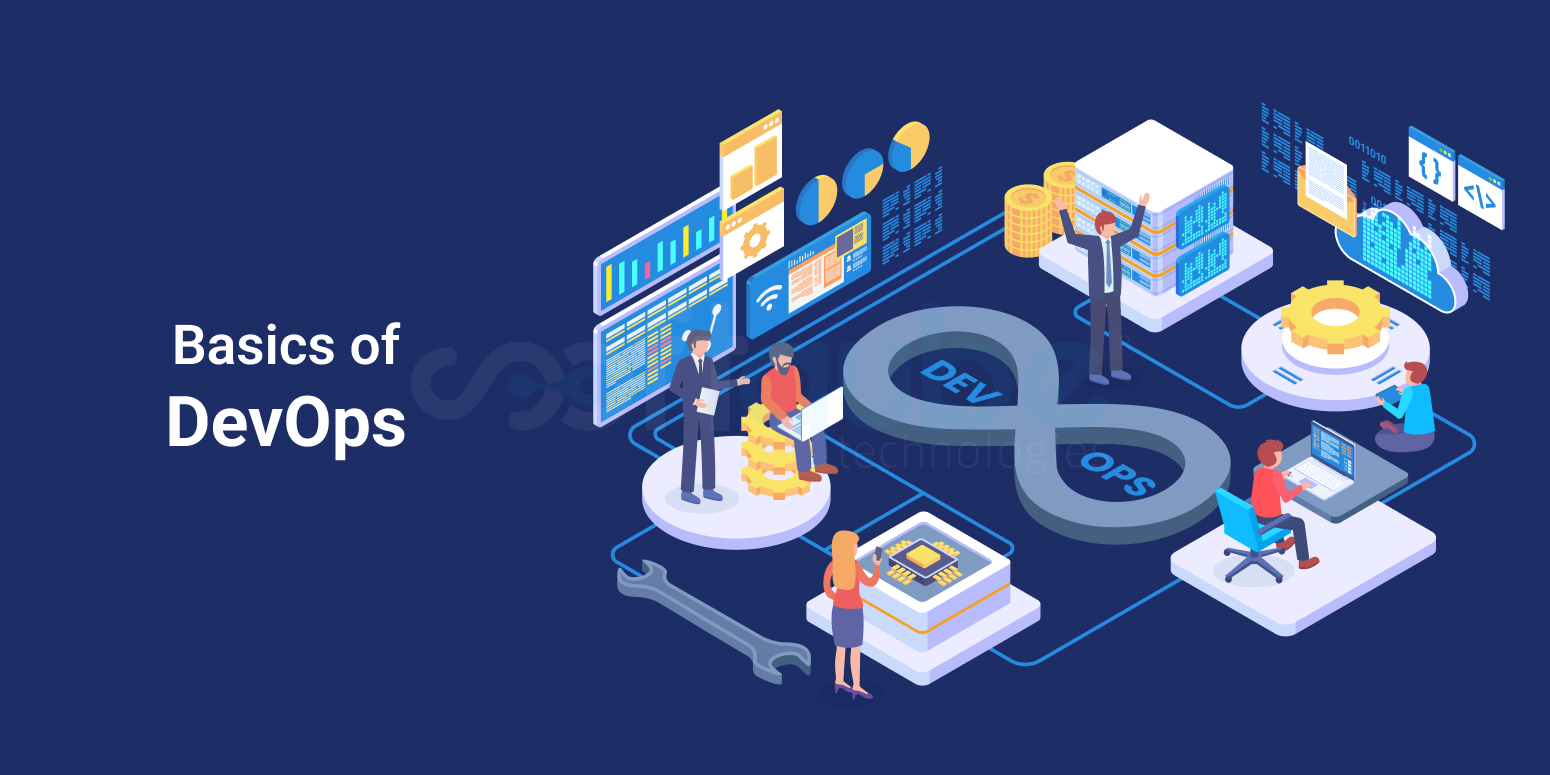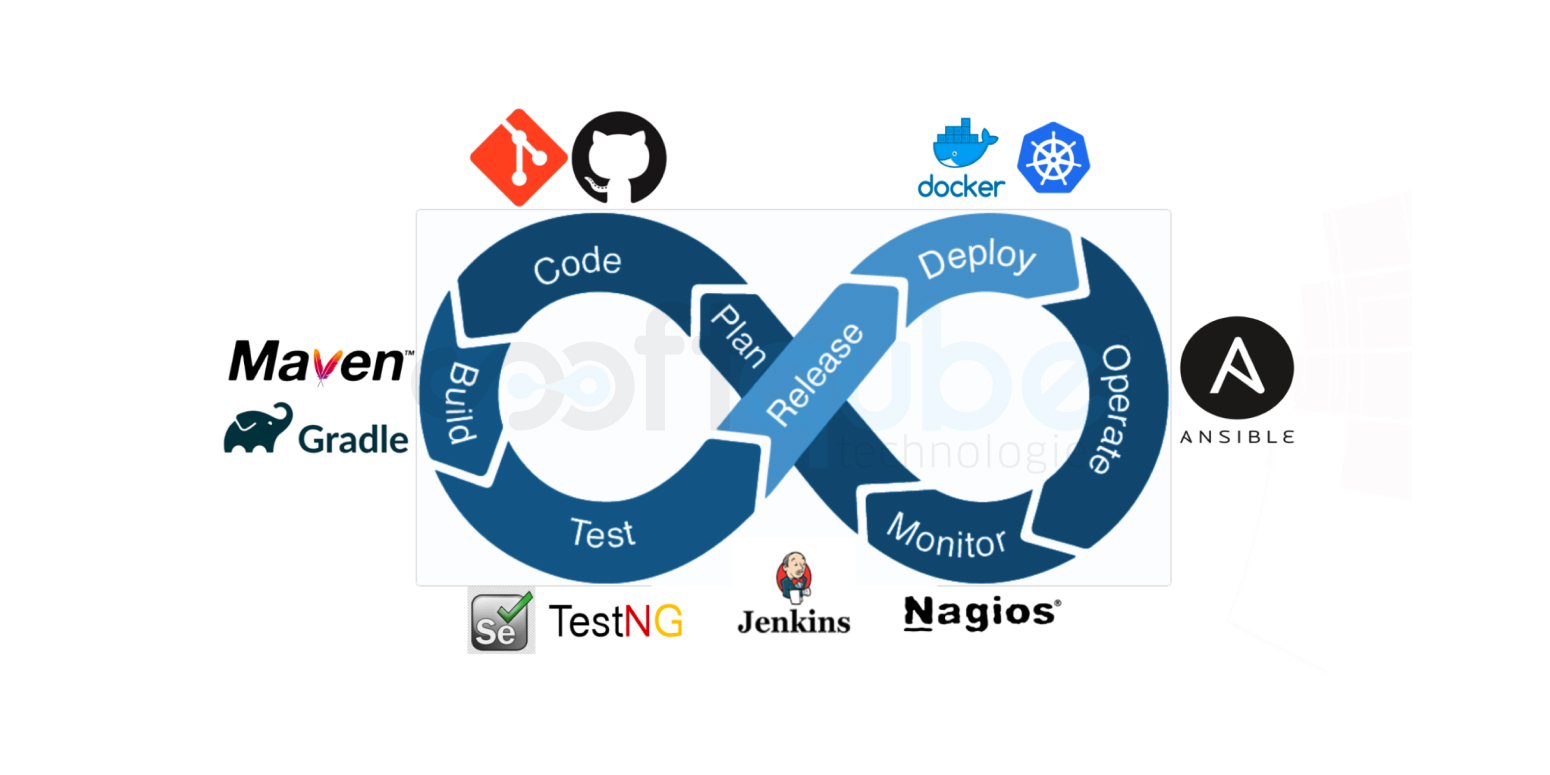The pandemic brought a sharp surge in the demand for buying online groceries across the globe. Grocery eCommerce became the inevitable line of income generation for the food and beverage industry. Eventually, almost every consumer has discovered the ease and convenience of having groceries delivered at their doors.
As we watch the sector expanding and evolving, get hooked to this blog to know the 10 important things that you must keep in mind to turn your upcoming grocery e-commerce business into a grand success.
We shall also discuss some of the critical challenges that grocery eCommerce merchants confront and the ways they resolve the issues with a knack.
Know The Challenges That You May Confront In Your Grocery Ecommerce Business
Grocery stores rig out their stacks with a variety of products including food and perishable goods that stay in dominance. Here comes the specific challenges and provisions that are industry-specific and you need to follow them strictly.
It is not just about being sensitive to the timings and storage protocols, but also about handling a gamut of options. Like some products are sold by weight instead of piece and their conditions differ every single day. For example, bananas and avocados change with time, and the selling challenges become equally severe.
To keep reading and to navigate everything from optimal pick and pack processes to refunds to a replacement, and on-time deliveries. The challenges go endless. But after all, you need to give greater customer experiences. And to ensure the same, you must know what to keep in mind.
1. The Business Model

- The business model of grocery retail companies is a mix of corporate, franchise, and independent stores. All come under the same retail banner. This creates great complexity at the time of your business model launching phase. There comes local variations in the product assortments, sales prices, and promotions.
- There is a long history of loyalty programs with bonus points in grocery retails. The customer can earn and burn, and get various personal offers. There are essential sales drivers, and consumers expect the same loyalty features when shopping online. They also expect suggestions on their usual shopping habits, relevant recommendations, and recently purchased products based on historical online and in-store purchases.
- Low profitability is historically common for pure players and traditional grocery retailers that start with in-store picking. Research shows that home delivery and in-store picking are the main cost drivers and offer considerable potential for increased efficiency.
2. The Products
- There are many products that need to be stored under very specific conditions until they are delivered to the customer. You need to comply with the regulations around storage temperatures, or the recipient can be required to be 18 to 21 years old.
- The grocery retailers who sell fresh products and food-to-go products manually pack them in the store adding to further complexity in the product attributes, expiry dates, and minimum order quantities.
- Perishable groceries are often ordered by weight, and there are different ways of presenting, buying, and picking them. When ordering, for example, a watermelon, it’s not possible to choose the exact weight; there needs to be room for variation. And a variation in weight requires the card amount pre-authorization to reflect the allowed variation. The total price still needs to be recalculated based on the delivered weight, which can get complex with thousands of orders.
- A grocery store may only sell food and beverage products, but what if you add a range of non-food items? And what if we then include clothing, electronics, and DIY? As in many industries, there are a handful of products that generate the bulk of sales, and then there are long-tail products that are rarely sold but that make a significant contribution to profit. The ecommerce solution needs to accommodate a wide variety of product segments.
3. The Stock
- With a limited shelf life of the food products, they also come with a very high turnover. But at the same time, the warehouse and storage area have limited capacities. Hence, frequent replenishments are necessary. In parallel, the supply is not always 100% available.
- In the majority of eCommerce scenarios, you would wish to pick, pack and deliver the items through shipping in the soonest possible time. However, for grocery ecommerce, the order is picked as late as possible- like just before store pick-up time or the time of departure for home delivery. The time between the order placed and then shipped could occur over several days. So when an order is received, it’s almost impossible to know the product stock at the time of picking.
4. The Storage Conditions

- By complying with the regulations, the food products must be kept in specific conditions until delivered to the customer. The food products must be kept protected from contact with household chemicals. This means grocery stores must have complete control over the supply and delivery chain—from receiving a product at the warehouse or store to the final delivery at the customer’s residence.
- The biggest challenge here is to store the food products in certain conditions during each phase. With self-service 24/7 grocery lockers with temperature zones, there are even stricter requirements to secure freshness until custom pick up.
- In high-volume in-store eGrocery, it’s important to manage storage efficiency in buffer storage areas before route departure or pick up.
5. The Service Area

- Ecommerce deletes all the international boundaries now. The exceptional segment is grocery ecommerce. Because, the service area is usually limited to one country and often to an even small geographical area based on the fulfillment center’s location and the product assortment sold.
- You can set up multiple service centers to extend your reach, but there will always be blind spots. In our experience, optimizing your service area is one of the keys to a successful online grocery business.
6. Time Slots and Delivery

- Unlike the delivery of, for example, a book, your shopping delivery can’t a) fit through a letterbox or b) be left alone for hours on end after delivery. Managing available order delivery times helps you organize your processes, balance the workload (order load) and provide the best service to your customers.
- Integration with best-of-breed software is crucial in optimizing delivery and courier administration. This integration boosts efficiency and profitability for grocery ecommerce when order volumes increase.
7. Picking and Packing
- The orders in the grocery ecommerce are typical and diverse. They contain a variety of products, and require a lot of time to pick and pack. The picking process is very time-consuming and of utmost critical. During the process, teams must ensure various factors: like the weight of the product, whether special treatment is needed or not, product cancellation, and the need to communicate with the customer.
8. Selecting The Product

- Let’s take the case of bananas. A merchant may have bananas at different stages of ripeness. Let’s assume they then receive a large order of bananas. Which ones should you pick? If for a family’s long-term consumption, then expectations might differ. But what if the same order is made for a conference, where attendees consume them at the same time? As a merchant, you need a way to anticipate their preferences to be able to create the best possible experience.
9. Price Recalculations, Replacements, and Refunds
- Once you order the groceries online, you have most likely had a previous experience with the substitute product. Perhaps you ordered juice from Brand A, but it was unavailable, so instead, you got juice from Brand B. When this happens, merchants have to consider the associated price difference—if the replacement product costs less, the merchant will need to refund. And if it’s more expensive, they’ll need to discount the product to match the price paid in the initial order.
10. The User Experience
- Consumers always wish to search for their favorite products with quickness and ease while shopping online. And this makes it a challenge for e-commerce merchants to create such high-quality user experiences. One way to meet and satisfy customer expectations is with more intuitive navigation and features like favorite products, suggested products and saved shopping lists.
- There are several shoppers who want extensive product filtering functionality options while shopping for groceries. For example, to avoid allergens, carbohydrates, fat, and sugar, or find vegan and eco-friendly products. The filtering list for product characteristics is long and keeps growing. With such a diverse list of preferences, it’s essential with intelligent and efficient filtering that simplifies the process of finding products.
What Can Softqube Do For You?
You must keep plenty of things in mind before selling groceries online. The most critical challenge is to choose the right eCommerce platform that can help you convert your idea into the exact potential reality. Partner with the right project team.
In the present times, there are very few ecommerce solution platforms that are optimized for the food and beverage industry. They can hardly support ecommerce entailing fresh food items, rich product attributes, temperature-restricted products, age-restricted items, fragile items, weighted items, and replacement products.
At Softqube, our clients have defeated all these challenges. We are the leading tech experts who can help you out in all things to give intrinsic user experiences. Get in touch with us and talk with one of our key experts. We can help you out in growing your business.










